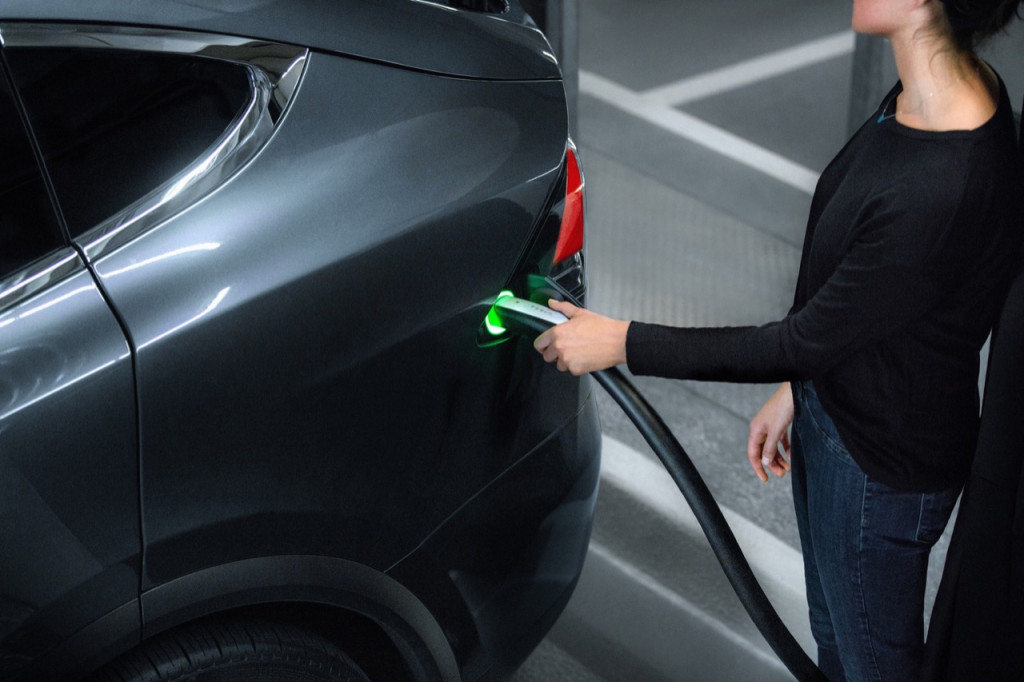California is farther ahead on the road to electric vehicle adoption than it anticipated a decade ago.
Governor Gavin Newsom last week announced that the state had passed a cumulative 1.5 million cumulative plug-in vehicle sales. That’s two years ahead of a goal set by previous California Governor Jerry Brown, aiming to hit that number by 2025.
The tally comes from the California Energy Commission, which last week updated its numbers through the first quarter. The CEC reported that cumulative sales for battery electric, plug-in hybrid, and fuel-cell EVs combined stands at nearly 1.524 million, while battery electric vehicles themselves, the largest portion of that by far, are at about 1,051,000 million.
So far this year, 21.2% of new vehicles sold in California were ZEVs—meaning primarily EVs and plug-in hybrids combined. Looking only at battery electric sales, EVs add up to about 16% of the light-duty new-vehicle market.

Tesla charging
Nationwide, as the Department of Energy recently summed, comparable plug-in vehicle sales including EVs and PHEVs added up to around 7% for 2022, with EV sales at 5.6%.
As the Governor’s office pointed out, citing the advocacy group Veloz, California has more EVs than New Hampshire has cars, twice as many EVs as Wyoming, and more than twice as many EVs as Norway, which is often seen as an EV promised land.
It’s also important to note that the fleet turns over slowly—especially in California where vehicles typically don’t rust. According to the state, there were about 30 million light vehicles registered in the state at the end of 2021, with about 838,000 of those EVs of some form (not nearly all EVs sold in California stay in California). But that’s nearing 3% of the total vehicle population.

Audi e-tron, on the Golden Gate Bridge
California’s plan, detailed in 2021, effectively mandates the sale of EVs by 2035, including longer-range plug-in hybrids. It follows a 2020 executive order from Newsom that effectively kicked off this round of tightened timelines—and reaffirmed the state as a regulatory trendsetter. That’s led to many other states adopting California’s mandate, but as we’ve pointed out, they aren’t the only top U.S. states in EV registrations.
The EPA last month proposed new tailpipe rules toughening fleet emissions standards and effectively lining up with the level of EVs required by California—even if the national rule doesn’t include a mandate.
The truck side is following California, too. The U.S. EPA just last month also proposed a plan that appears to work with California’s requirement of almost half of new heavy-duty trucks going zero-emissions by 2035—following a California mandate for electric commercial trucks that starts applying in small numbers in 2024.

